
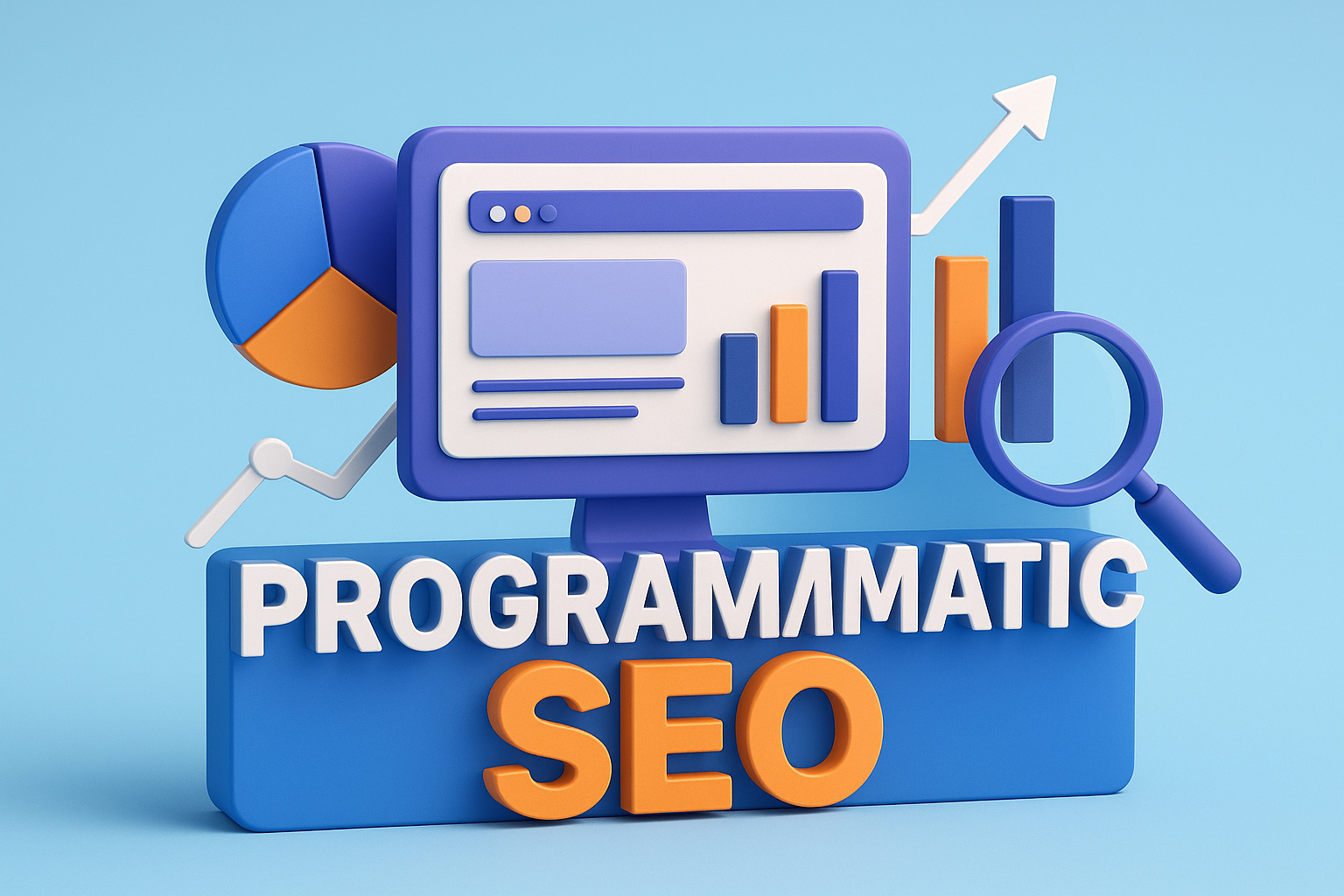
Programmatic SEO with AI
In the fast-changing digital landscape, businesses are constantly searching for ways to scale their online presence. Traditional SEO methods, while effective, often require massive manual effort to create and optimize content for every keyword variation. That’s where programmatic SEO with AI steps in — combining the power of automation, artificial intelligence, and data-driven insights to generate thousands of optimized pages effortlessly.
Table of Contents
ToggleWhat Is Programmatic SEO?
Programmatic SEO is an advanced method of creating and optimizing large numbers of web pages automatically, based on data and templates. Instead of manually producing content for every keyword variation, programmatic SEO leverages structured data, predefined templates, and automation to scale SEO efforts.
For example, a travel website can generate hundreds of landing pages for “Hotels in [City Name]” or “Things to do in [City Name]” using programmatic SEO — each page optimized for a specific keyword, yet dynamically generated from a master template.
How AI Enhances Programmatic SEO
Artificial Intelligence (AI) takes programmatic SEO to the next level by making the process smarter, faster, and more personalized. AI eliminates repetitive manual tasks, enhances keyword targeting, improves on-page optimization, and generates human-like, engaging content at scale.
Here’s how AI integrates into programmatic SEO:
Automated Keyword Research:
AI tools can analyze millions of search queries and identify keyword clusters that align with user intent. This helps marketers target long-tail and low-competition keywords that can drive significant organic traffic.Smart Content Generation:
With AI-powered content generation, you can automatically create meta titles, meta descriptions, headings, and even paragraph-level text for each programmatic page. Tools like ChatGPT and Jasper can produce SEO-optimized copy that reads naturally and ranks well.Dynamic Page Creation:
AI can help structure and design templates that adapt automatically based on data inputs — such as product names, city names, or categories — ensuring every generated page is unique and relevant.Continuous Optimization:
Using machine learning, AI systems can monitor the performance of each page, track user engagement, and update content dynamically based on what’s performing best.
Benefits of Using AI for Programmatic SEO
1. Massive Content Scalability
With AI, marketers can create thousands of SEO-friendly pages without human intervention. This scalability is particularly beneficial for websites with large datasets like real estate listings, product catalogs, or local business directories.
2. Time and Cost Efficiency
AI automates repetitive SEO tasks such as keyword mapping, meta tag creation, and content population. This not only saves time but also reduces dependency on large content teams — allowing businesses to scale faster at lower costs.
3. Improved User Experience
AI ensures that generated pages aren’t just keyword-stuffed. It uses natural language processing (NLP) to understand user intent, ensuring that every piece of content delivers value and aligns with what users are searching for.
4. Better Data-Driven Insights
AI can analyze massive datasets to uncover performance trends and keyword opportunities, allowing continuous optimization of pages and content strategies based on real-time data.
5. Enhanced Personalization
AI algorithms can customize landing pages based on user behavior, location, or preferences, improving engagement rates and conversion potential.
Key Components of an AI-Driven Programmatic SEO Strategy
To implement programmatic SEO with AI effectively, you need a clear and structured plan. Below are the essential components:
1. Structured Data and Templates
Start by designing content templates for your web pages. Each template should include placeholders for variables like product names, locations, or categories. Structured data ensures Google understands your pages better and ranks them appropriately.
2. Keyword Clustering and Mapping
AI tools can automatically group related keywords into clusters. Each cluster can represent a specific type of page. For instance, “digital marketing courses in [City]” or “best coffee shops in [Location].”
3. AI Content Generation
Once your template and keyword clusters are ready, use AI tools to fill them with relevant, SEO-optimized text. This includes:
Meta titles and descriptions
H1 and H2 tags
Product or location descriptions
FAQs generated from SERP questions
4. Internal Linking Automation
AI can automatically create smart internal linking structures, ensuring each page connects logically with others. This enhances crawlability and improves the overall SEO health of your site.
5. A/B Testing and Optimization
After deployment, use AI analytics to test variations of titles, descriptions, and content layouts. AI can identify what’s driving better CTRs and rankings, then recommend improvements automatically.
Best Tools for Programmatic SEO with AI
Several powerful AI and SEO tools are available to streamline the process. Here are some top recommendations:
ChatGPT / GPT-5: For automated, high-quality content creation and optimization.
SurferSEO: For content optimization and on-page SEO insights.
Ahrefs / SEMrush: For AI-driven keyword research and competition analysis.
Sheet2Site / Softr: For turning spreadsheets into programmatic websites.
Frase / Jasper AI: For generating and optimizing SEO-friendly copy at scale.
Webflow + Airtable: For managing and deploying dynamic content-driven pages.
Using these tools together, you can build an efficient programmatic SEO pipeline — from data collection to content generation and page deployment.
Real-World Example of Programmatic SEO with AI
Let’s consider a real estate portal. Instead of creating thousands of pages manually for each city and property type, AI can generate:
“Apartments for sale in Mumbai”
“Luxury villas in Bangalore”
“Budget flats in Pune”
Each page would pull data from a master sheet — such as price, amenities, location, and reviews — and use AI to generate unique descriptions, meta tags, and FAQs. The result? A network of highly targeted, SEO-optimized pages ranking for valuable long-tail keywords.
Common Challenges and How to Overcome Them
While programmatic SEO with AI offers immense potential, it’s not without challenges:
Duplicate Content:
Ensure AI-generated pages include unique, value-driven content for each keyword variation.Thin Content:
Avoid overly short pages — add supporting content like FAQs, reviews, or dynamic widgets to enhance SEO value.Indexing Issues:
Use a strategic internal linking plan and XML sitemaps to ensure Google crawls and indexes all programmatic pages.Quality Control:
Always review and refine AI outputs periodically to maintain content quality and compliance with Google’s Helpful Content guidelines.
The Future of Programmatic SEO with AI
As AI continues to evolve, programmatic SEO will become more intelligent, personalized, and automated. In the near future, AI will not only generate optimized pages but also adapt them dynamically in real-time — based on search intent, SERP trends, and user behavior.
Marketers who embrace AI-driven programmatic SEO today will gain a significant edge in scalability, efficiency, and performance — positioning their brands for long-term success in the digital space.
Conclusion
Programmatic SEO with AI is redefining how businesses scale organic growth. By combining automation with intelligent optimization, marketers can generate thousands of SEO-rich pages that engage users and rank effectively on search engines.
If you’re looking to dominate search results, now is the time to leverage AI for programmatic SEO — the smartest way to scale your content strategy and maximize organic reach.

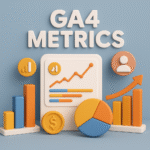
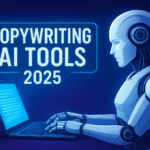




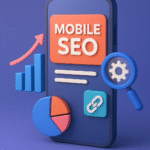

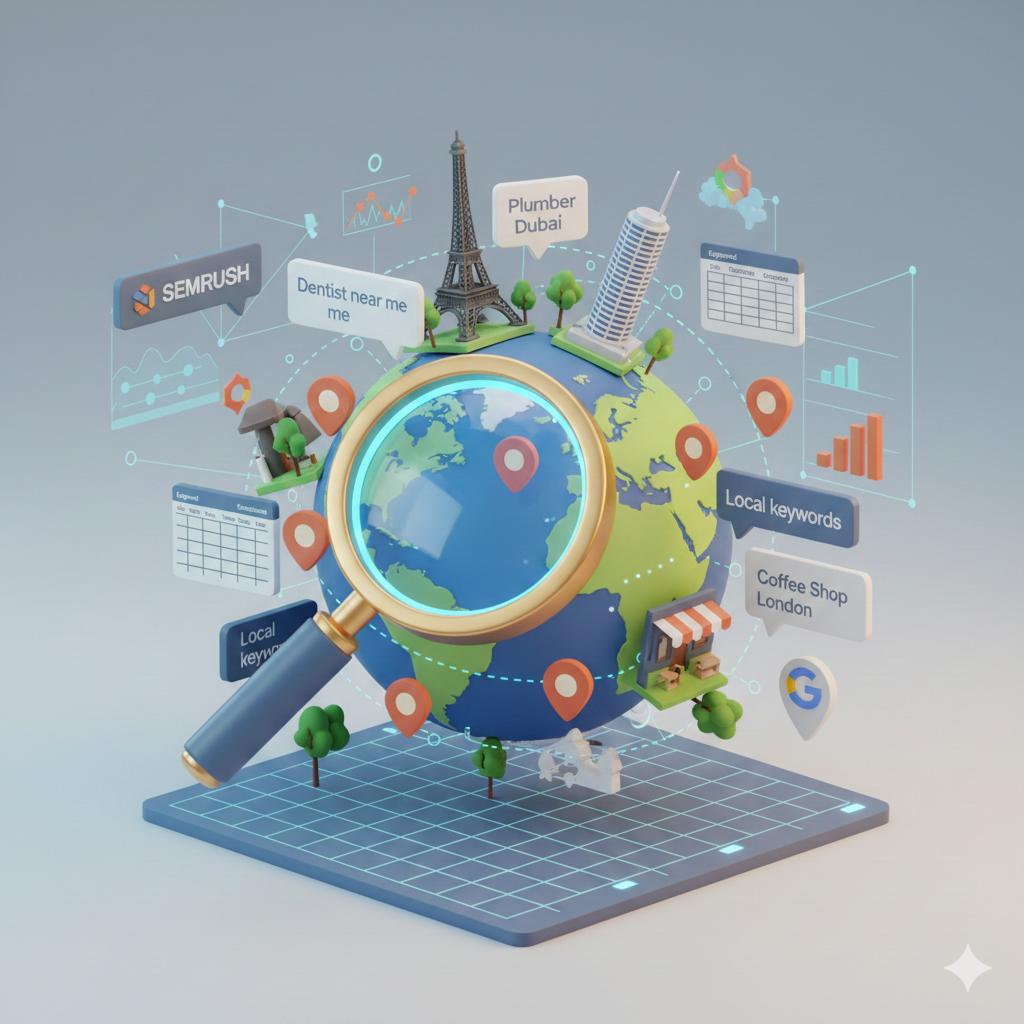
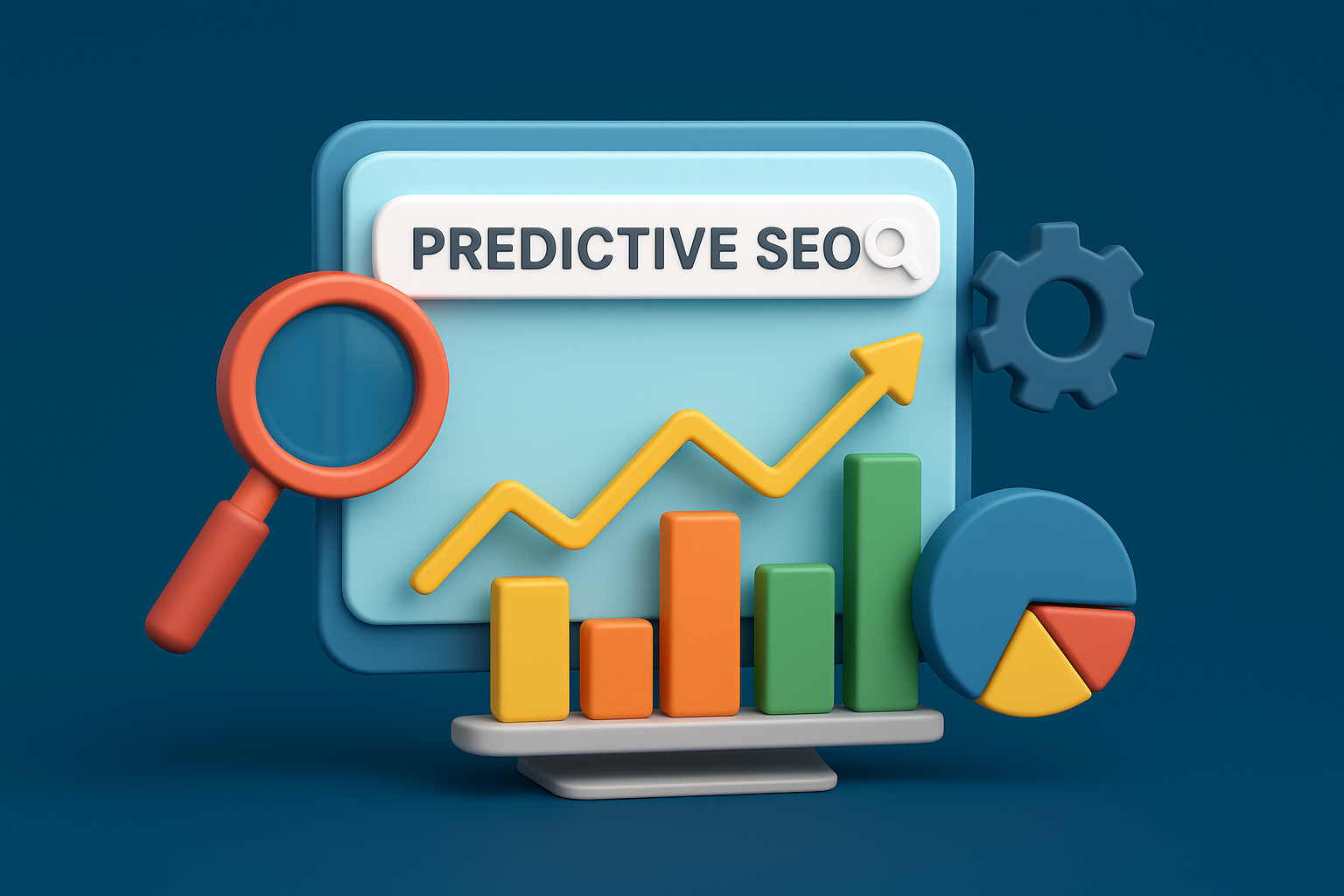
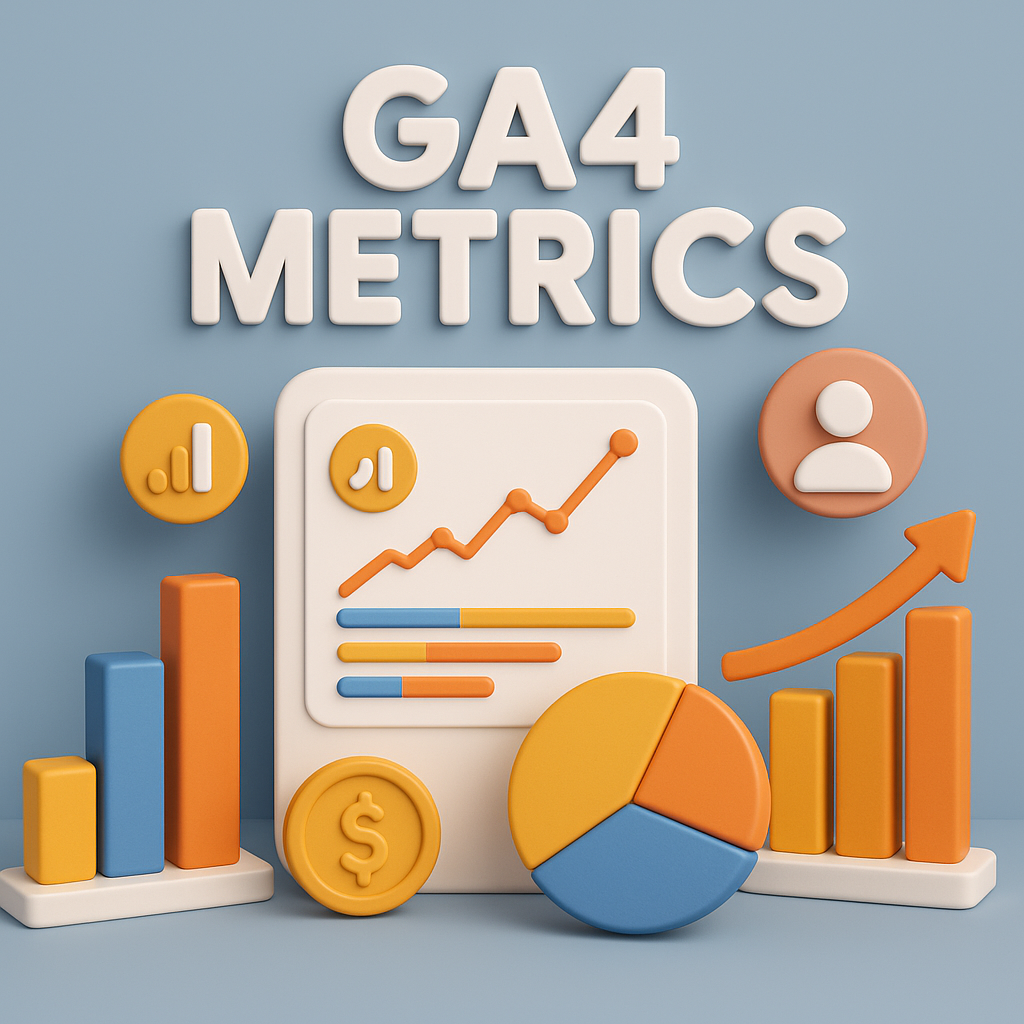



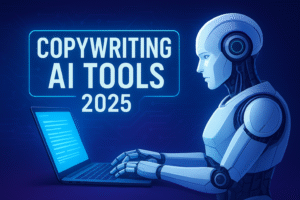






Post Comment